 Historical Draped/Tailored Garments
Garments throughout history have fallen into one of two categories; draped or tailored. The earliest examples are mostly draped, animal skins were draped across the body for warmth as the first garments. Traveling forward through time you can see how garments became more elaborate and tailored until the mid 19th century when styles finally started easing up again all the way into todays relxed fit society.
Saint John the Baptist.
Early 13th Century
Church of Saint-Urban, Troyes.
This Camel-hair garment is represented byt tufts of hair arranged in a checkerboard pattern and is a great example of ancient draped furs.
Historical Draped/Tailored Garments
Garments throughout history have fallen into one of two categories; draped or tailored. The earliest examples are mostly draped, animal skins were draped across the body for warmth as the first garments. Traveling forward through time you can see how garments became more elaborate and tailored until the mid 19th century when styles finally started easing up again all the way into todays relxed fit society.
Saint John the Baptist.
Early 13th Century
Church of Saint-Urban, Troyes.
This Camel-hair garment is represented byt tufts of hair arranged in a checkerboard pattern and is a great example of ancient draped furs.

 Simone Martini:
Fresco of the Triumph of the Church
c.1355, (detail)
Spanish Chapel,
Cloister of Santa Maria Novella, Florence
The pilgrim on the left, whose hat is pinned with crests, wears a sheepskin surtout with short sleeves, a tailored skin from the medievil period.
The man on the right is wearing a draped cloak with a hood and a tunic underneath.
Simone Martini:
Fresco of the Triumph of the Church
c.1355, (detail)
Spanish Chapel,
Cloister of Santa Maria Novella, Florence
The pilgrim on the left, whose hat is pinned with crests, wears a sheepskin surtout with short sleeves, a tailored skin from the medievil period.
The man on the right is wearing a draped cloak with a hood and a tunic underneath.
 Draped Women, Tangara Figurines. Hellenistic period. 6th century B.C., Greece. Dorian Peplos.
(left)
Draped Woman, Peloponnesian style.
6th Century BC Paris, Lourve
The female Chiton
Draped Women, Tangara Figurines. Hellenistic period. 6th century B.C., Greece. Dorian Peplos.
(left)
Draped Woman, Peloponnesian style.
6th Century BC Paris, Lourve
The female Chiton

(top left)
Blue Leather hat slashed over pink lining.
Late 16th century
(bottom left corner)
black carved velvet hat in Spanish style.
c.1580
White leather Hat in Spanish style.
c.1580
Men's Suit in slashed white satin, doublet and slops with cannons.
1610-15
(far right)
Jacket in white brocade with motifs in gold, silver and blue, pink and greensilk.
c.1620
These garments and hats are an excellent example of Spanish Influenced Menswear. They have all been tailored and have a lot of surface embellishment throughout.
 Eutruria
The Mars of Todi.
Early 4th Century BC
Vatican Museum
The Lance and shield have disappeared, but this is a precise image of the cuirass in leather and articulated metal plates. This is a wonderful example of any early need for tailoring instead of draping, going into battle a young man would want something sewn or bolted together to stay in place and it is an example of a garment made out of something other than fabirc.
Eutruria
The Mars of Todi.
Early 4th Century BC
Vatican Museum
The Lance and shield have disappeared, but this is a precise image of the cuirass in leather and articulated metal plates. This is a wonderful example of any early need for tailoring instead of draping, going into battle a young man would want something sewn or bolted together to stay in place and it is an example of a garment made out of something other than fabirc.
 Spanish Costume
F. de Llano:
The Infanata Isabella Clara Eugenia,
1584
Madrid, Prado
This portrait shows the passage from an Italian style (low-cut gowns, wide sleeves) to the severe style of the Spanish costume. The Infanata wears a light coloured vaquero with flowing false sleeves below padded epaulettes scalloped with piccadils. Hair dressed in a pyramid, and the toque is already tall. The gown clearly shows the horizontal pleat designed to hide the feet of the wearer when seated.
This elaborate, extraordinary garment is a wonderful example of a tailored garment from the past. It probably rivals any other garment in history for the amount of tailoring and work put into one gown.
DanLoux: Delille Dictating his Works. c. 1801
Spanish Costume
F. de Llano:
The Infanata Isabella Clara Eugenia,
1584
Madrid, Prado
This portrait shows the passage from an Italian style (low-cut gowns, wide sleeves) to the severe style of the Spanish costume. The Infanata wears a light coloured vaquero with flowing false sleeves below padded epaulettes scalloped with piccadils. Hair dressed in a pyramid, and the toque is already tall. The gown clearly shows the horizontal pleat designed to hide the feet of the wearer when seated.
This elaborate, extraordinary garment is a wonderful example of a tailored garment from the past. It probably rivals any other garment in history for the amount of tailoring and work put into one gown.
DanLoux: Delille Dictating his Works. c. 1801
Mameluck sleeves (intiered rolls) and fine linen trimmings, sometimes profuse, decorated white gowns.
These two garments are examples of tailored French fashions of the early 19th century.
Spanish Influence on Franch Costume F. Elle: Henri II of Lorraine, 1631. Men's costume was stripped of the ornament that had loaded it at the beginning of the reign: this painting shows the long-slashed doublet with trapezoidal skirts over which we see the points fastening the breeches. These breeches are leg-of-mutton shaped and decorated with small medallions. The cuffed boots are trimmed with boot hose decorated with lace matching the falling collar. On the feet, the quartre-foil-shaped instep-piece is held in place by a soulette that passes under the heel. The gorget is leather.


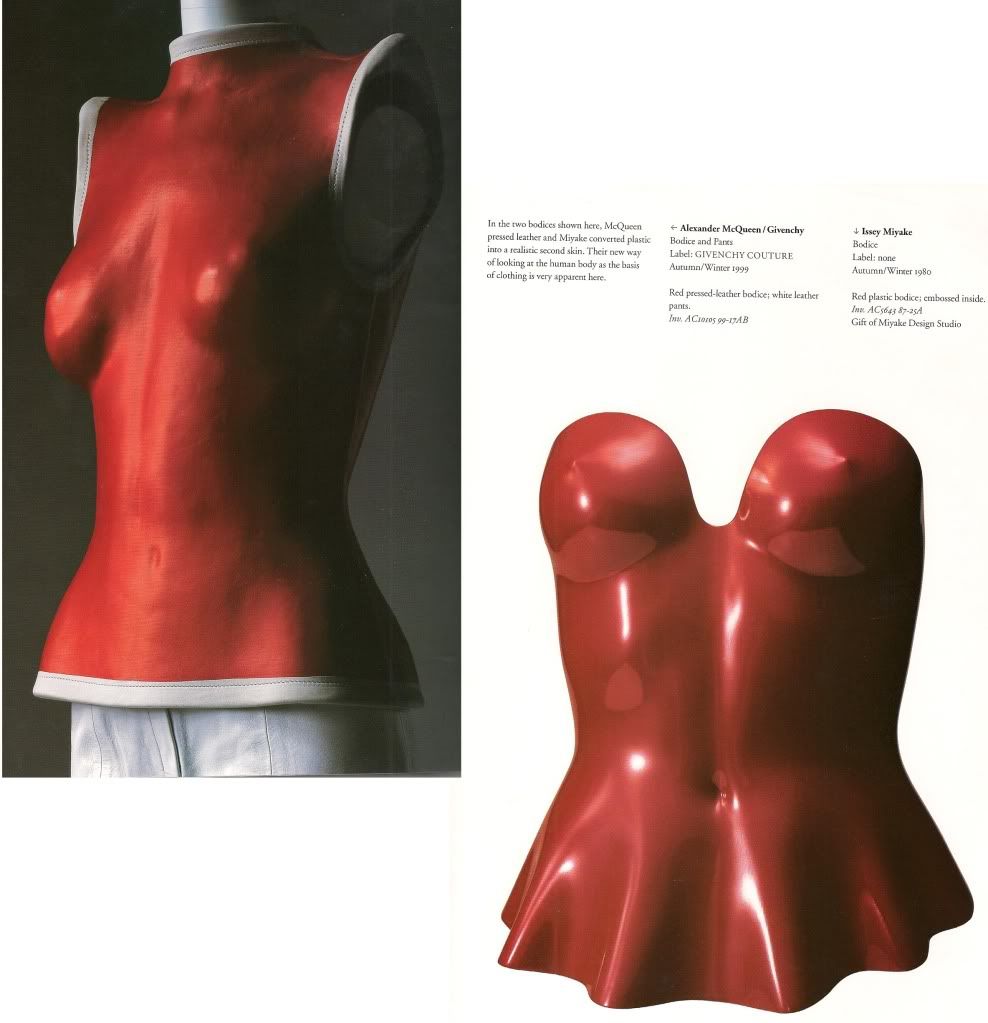

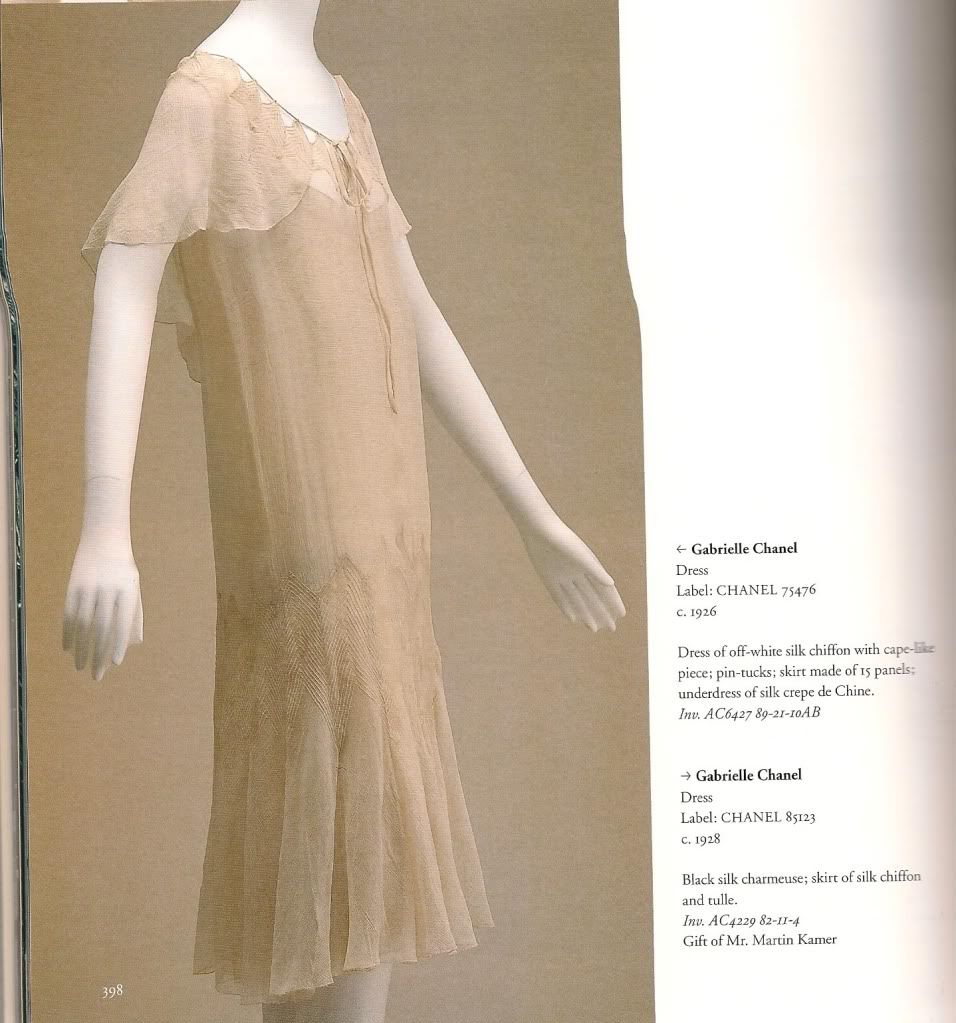
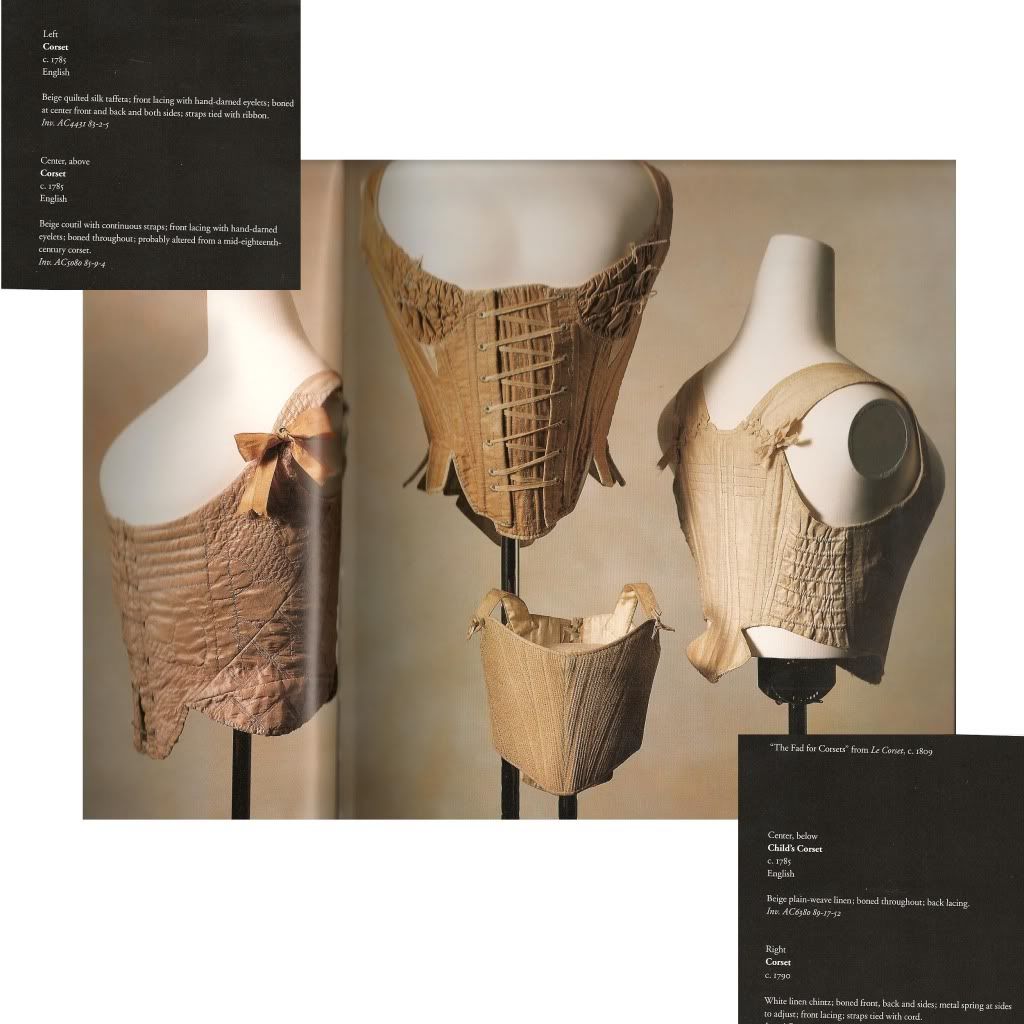
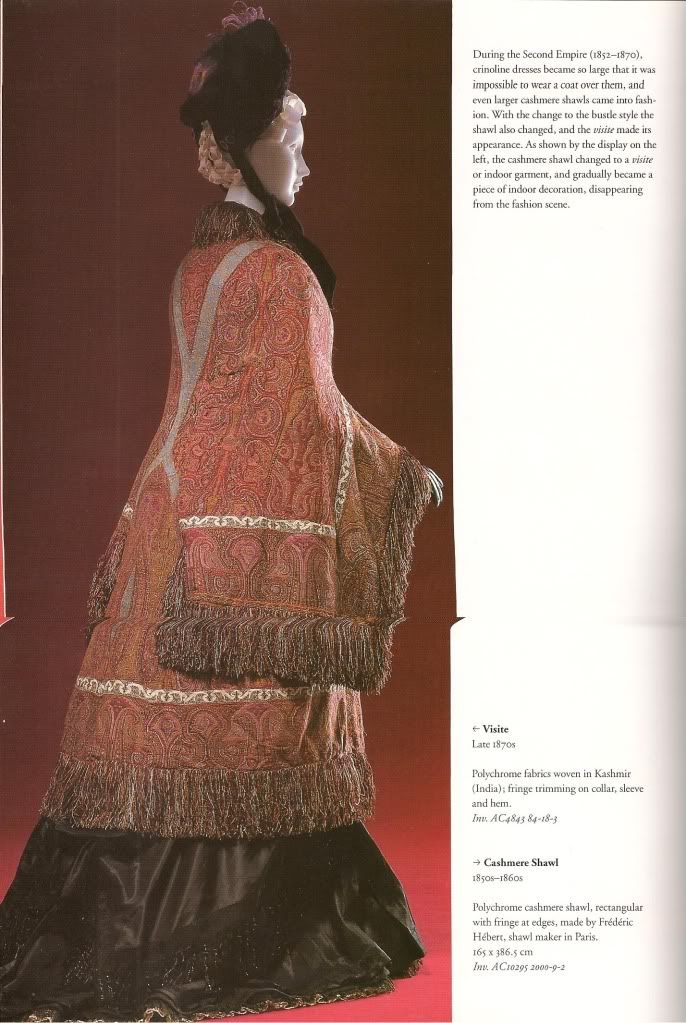
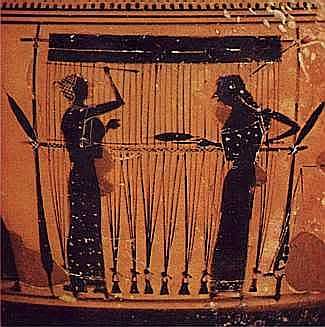
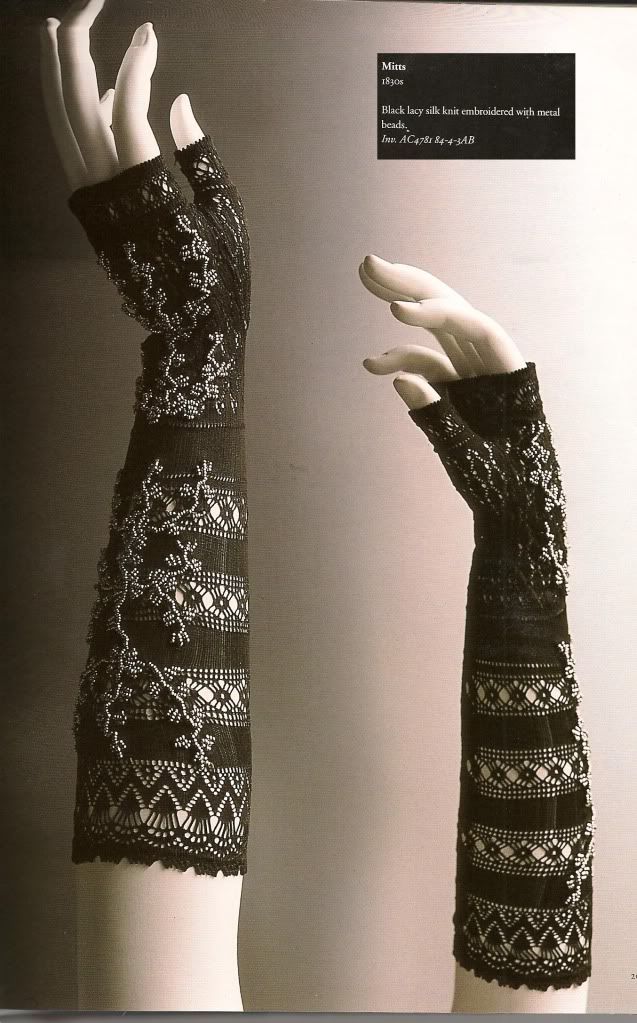
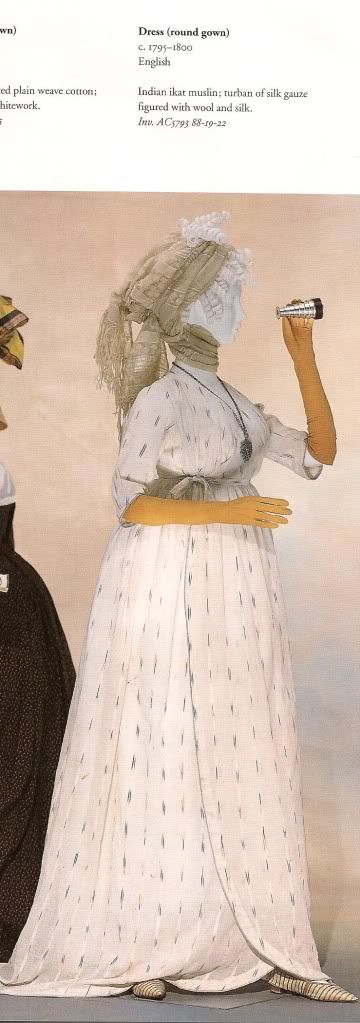

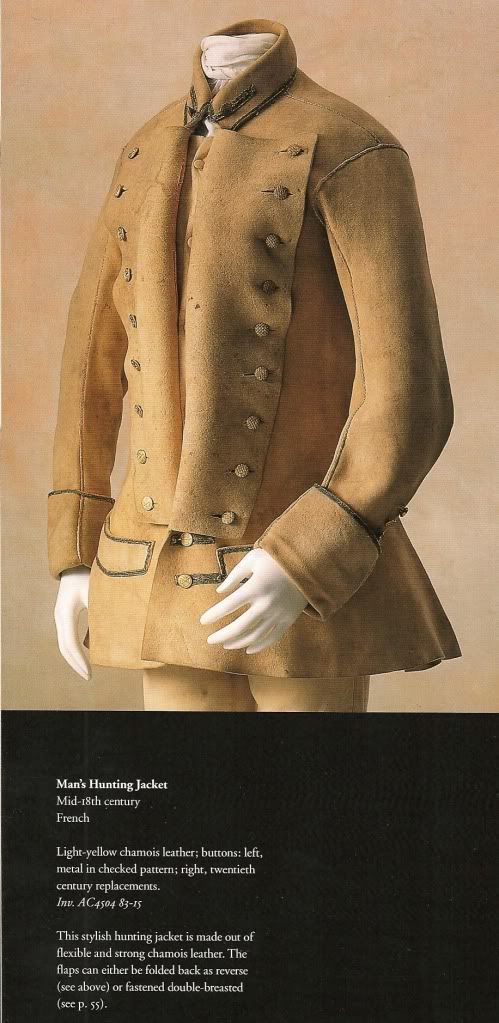




No comments:
Post a Comment